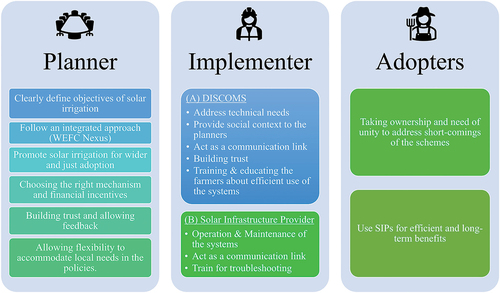Figures & data
Figure 1. Carbon as a new nexus component. (a) Conventional WEF nexus: conceptualization of interconnectedness of the three critical resources as discussed in water–energy–food nexus literature; (b) carbon linked to WEF: carbon as an externally linked component in the water–energy–food nexus that has critical linkages with each component of WEF nexus. Examples of linkages are indicated in the callout boxes thus indicating need for incorporating carbon within the nexus; (c) WEFC nexus: conceptualization of nexus with interconnected resources water–energy–food–carbon. Note: Readers of the print article can view the figures and tables in colour online at https://doi.org/10.1080/02508060.2024.2345494
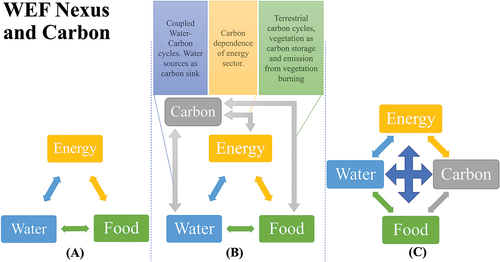
Figure 2. Equilibrating the spiral feedback. (a) The total atmospheric carbon concentration will keep increasing if carbon is not considered an integral part of the nexus. (b) Integrating carbon within the nexus changes the framework, and the carbon emission can be reduced to reach equilibrium.
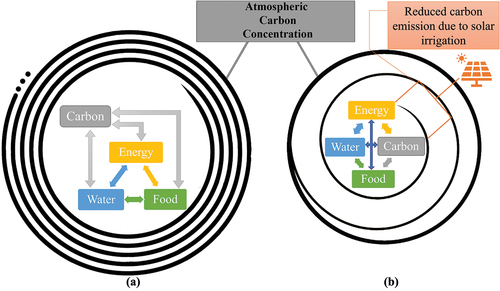
Figure 3. Suryashakti Kisan Yojna scheme feeders and the fieldwork locations in Gujarat. Sites marked with ‘X’ (field sites) were visited by the lead author (22 sites) as part of the ethnographic fieldwork. The other surveyed sites were not visited by the lead other. Thus, the insights compiled in major takeaways from the fieldwork and interviews & stakeholders’ role sections are based on these 22 sites. Sites indicated as (surveyed) are part of an ongoing household-level survey planned by the authors.

Table 1. Three major pathways of solar irrigation adoptions (also components of Pradhan Mantri Kisan Urja Suraksha evam Utthaan Mahabhiyan Scheme).
Figure 4. (a) Brief history of solar irrigation promotion in India, (b) current irrigation energy cost for different states of India (Rajan et al., Citation2020).
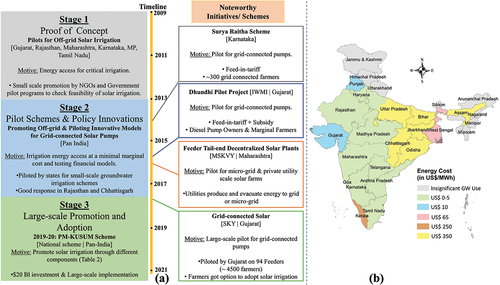
Figure 5. Schema for grid-connected solar irrigation systems under Suryashakti Kisan Yojna scheme in Gujarat. (This figure is prepared by the authors, adapting the schema available in Government of Gujarat, Citation2018, p. 36).
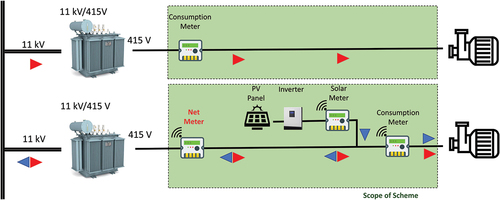
Figure 6. Major takeaways related to solar irrigation from the fieldwork. Qualitative strength or importance of the challenges listed (+++ indicates very strong, ++ strong, + mild).

Figure 7. Major challenges related to grid-connected solar irrigation adoption identified through discussion with the stakeholders of Suryashakti Kisan Yojna scheme in Gujarat.

Figure 8. Stakeholders’ role in solar irrigation pump adoption based on authors’ interpretation and field insights.
